Venus Stories

Leader of NASA’s VERITAS Mission Honored With AGU’s Whipple Award
Suzanne Smrekar, geophysicist and principal investigator of the agency’s upcoming VERITAS mission to Venus, is NASA JPL’s first recipient of the prestigious award. Suzanne Smrekar, a senior research scientist at NASA’s Jet Propulsion Laboratory in Southern California, received the Fred…

5 Surprising NASA Heliophysics Discoveries Not Related to the Sun
With NASA’s fleet of heliophysics spacecraft, scientists monitor our Sun and investigate its influences throughout the solar system. However, the fleet’s constant watch and often-unique perspectives sometimes create opportunities to make discoveries that no one expected, helping us to solve…

Final Venus Flyby for NASA’s Parker Solar Probe Queues Closest Sun Pass
On Wednesday, Nov. 6, 2024, NASA’s Parker Solar Probe will complete its final Venus gravity assist maneuver, passing within 233 miles (376 km) of Venus’ surface. The flyby will adjust Parker’s trajectory into its final orbital configuration, bringing the spacecraft…

Old Data Yields New Secrets as NASA’s DAVINCI Preps for Venus Trip
How NASA's DAVINCI mission to Venus uses old data to reveal new secrets.

Ongoing Venus Volcanic Activity Discovered With NASA’s Magellan Data
An analysis of data from Magellan’s radar finds two volcanoes erupted in the early 1990s. This adds to the 2023 discovery of a different active volcano in Magellan data. Direct geological evidence of recent volcanic activity on Venus has been…
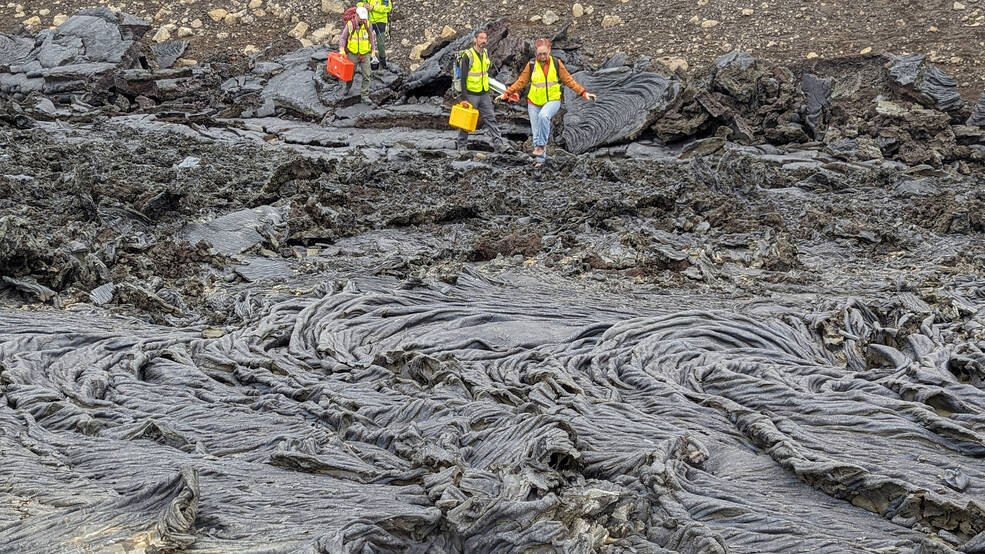
Venus on Earth: NASA’s VERITAS Science Team Studies Volcanic Iceland
The JPL-led international team used the island as a stand-in for Venus to test radar technologies that will help uncover the planet’s ground truth. With its crushing atmospheric pressure, clouds of sulfuric acid, and searing surface temperature, Venus is an…
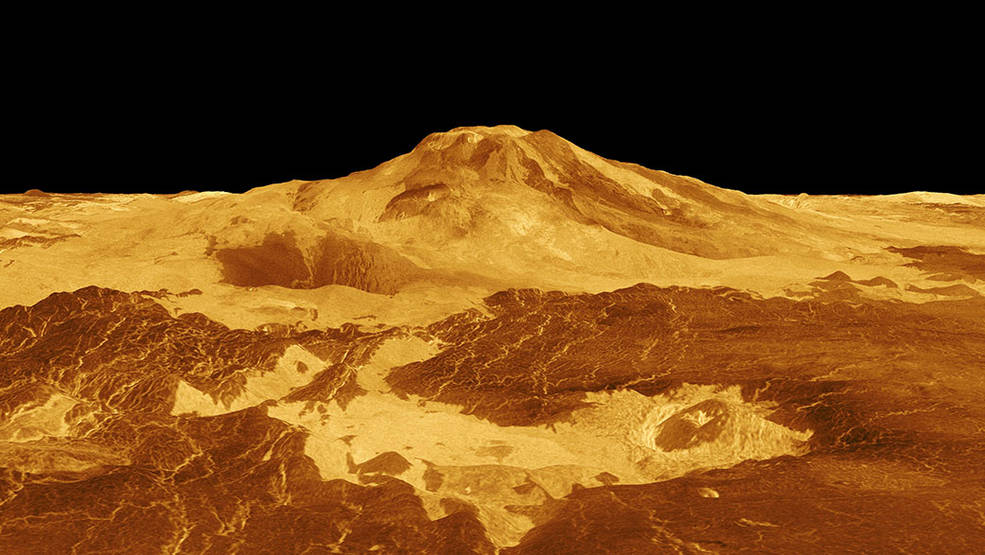
NASA’s Magellan Data Reveals Volcanic Activity on Venus
In a first, scientists have seen direct evidence of active volcanism on Earth’s twin, setting the stage for the agency’s VERITAS mission to investigate.
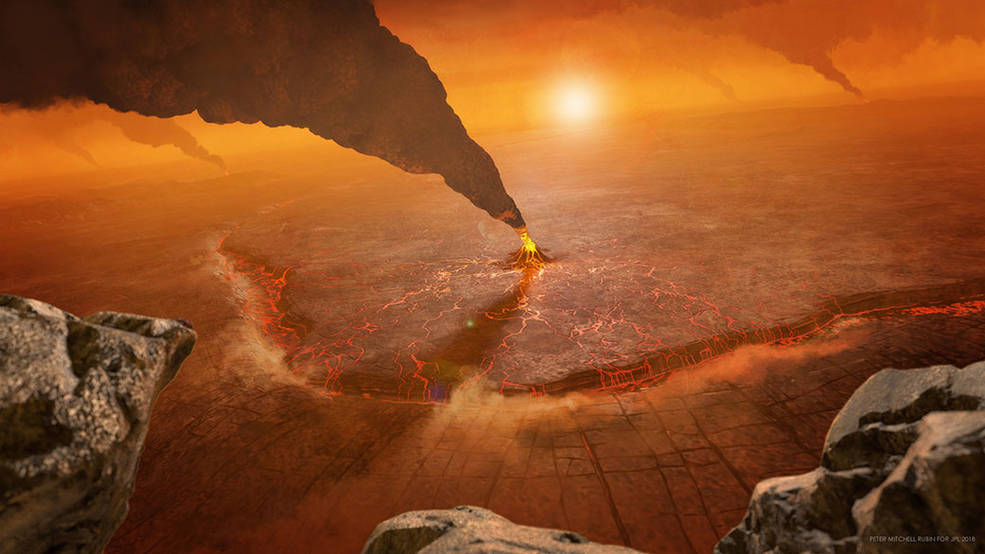
Study Finds Venus’ ‘Squishy’ Outer Shell May Be Resurfacing the Planet
The research uses archival NASA data to show that Venus may be losing heat from geologic activity in regions called coronae, possibly like early tectonic activity on Earth.
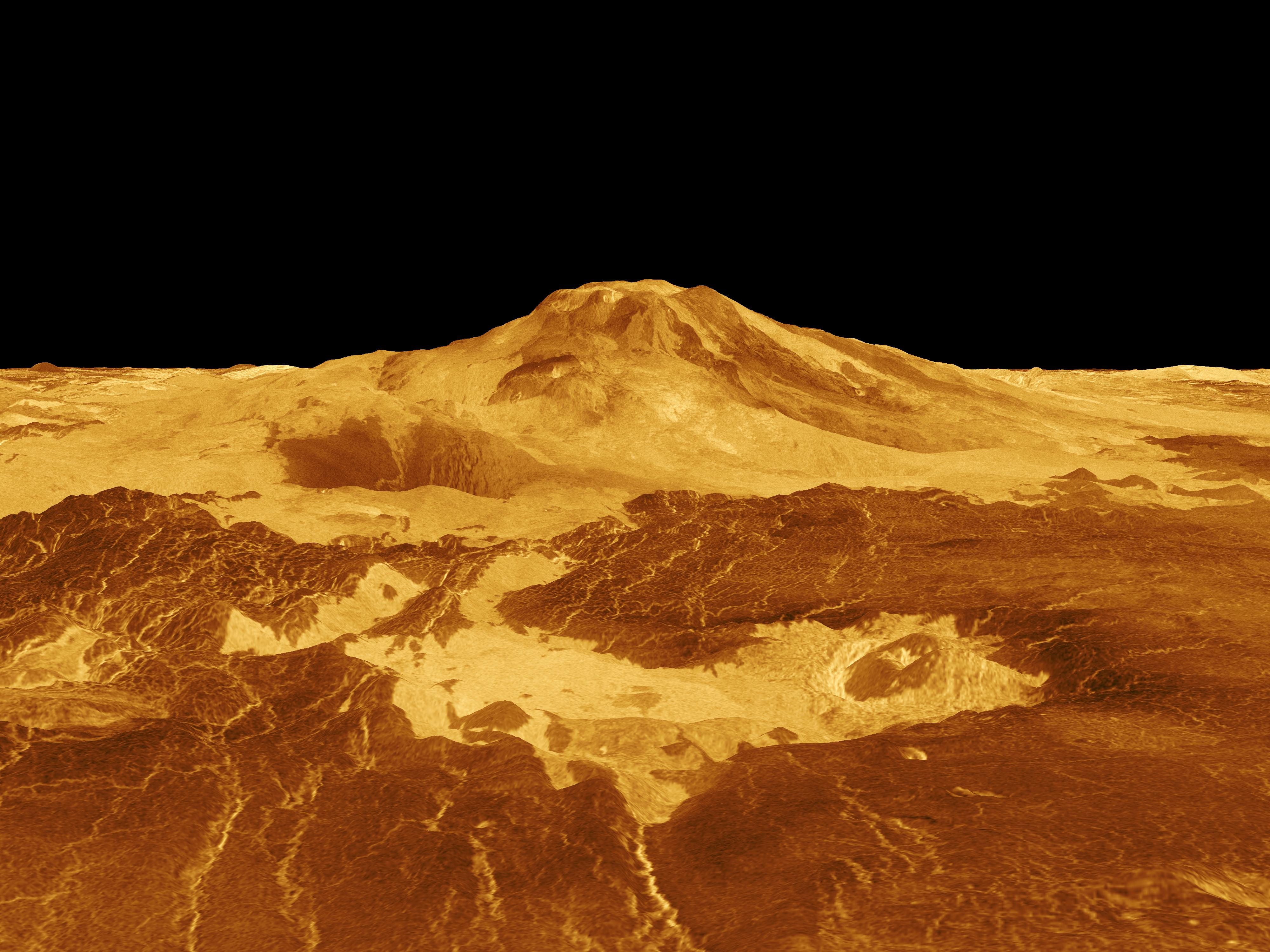
NASA Study: Massive Volcanism May Have Altered Ancient Venus’ Climate
Volcanic activity lasting hundreds to thousands of centuries and erupting massive amounts of material may have helped transform Venus from a temperate and wet world to the acidic hothouse it is today, a NASA paper suggests. The paper also discusses…
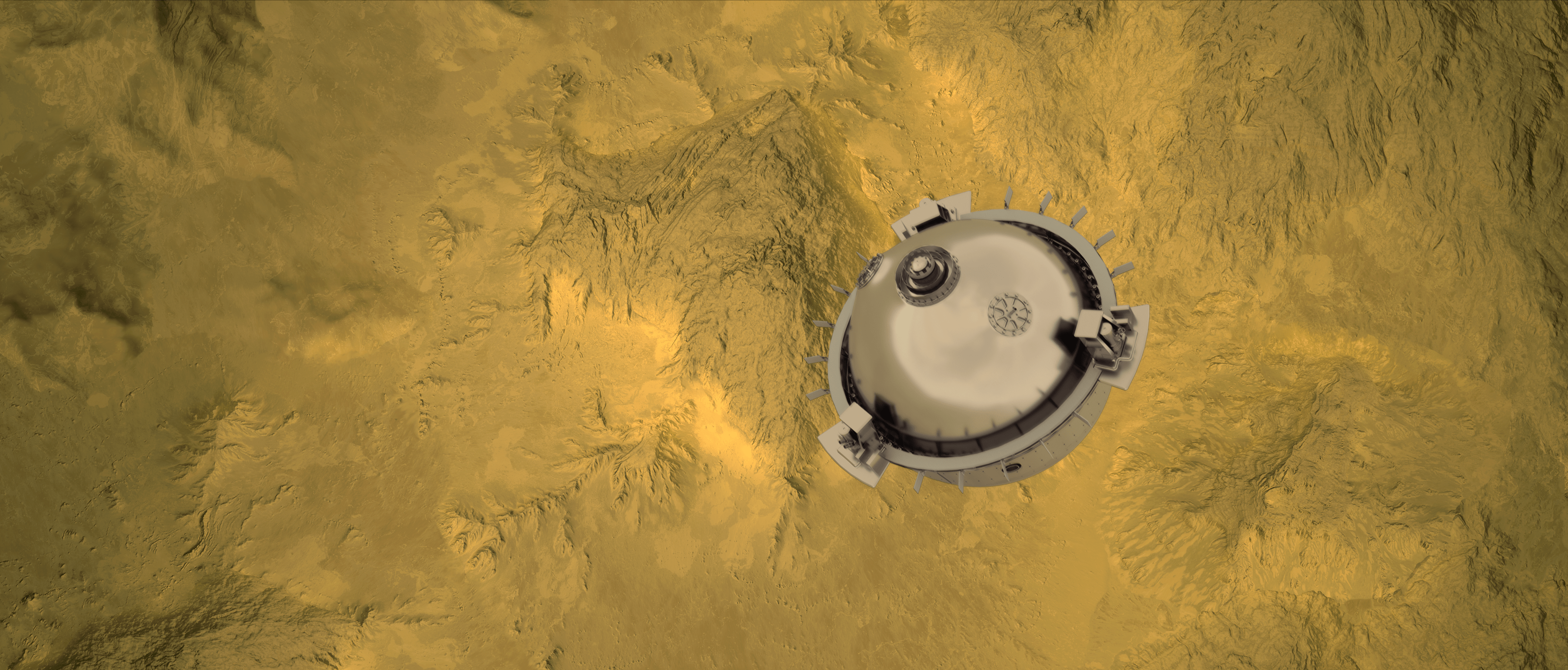
NASA Instrument to Measure Temperature, Pressure, and Wind on Venus
The VASI (Venus Atmospheric Structure Investigation) instrument aboard NASA’s Deep Atmosphere Venus Investigation of Noble gases, Chemistry, and Imaging, or DAVINCI, mission to Venus, together with the other instruments on this mission, aims to investigate Venus’ mysterious atmosphere by painting…
